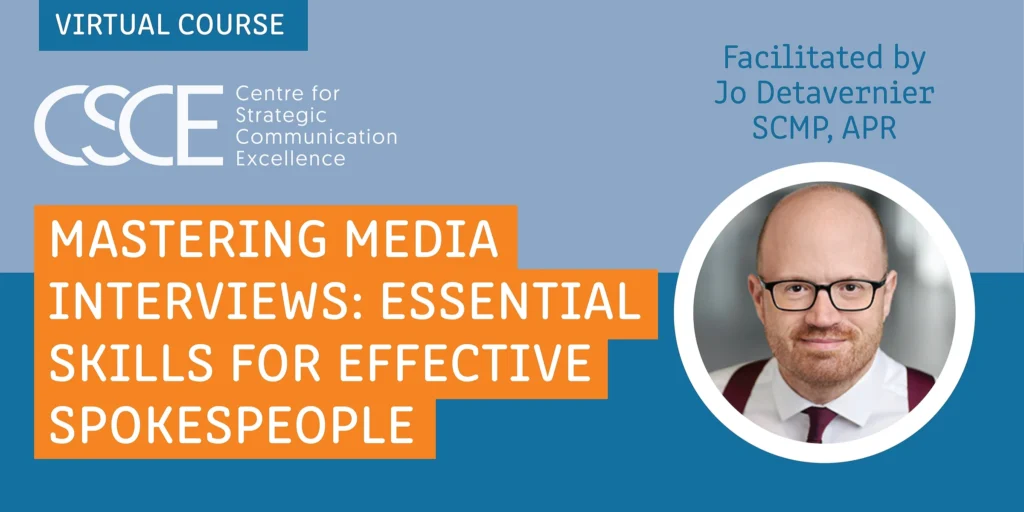If you don’t know where you’re going, any road will do.
You wouldn’t try to navigate your way through a complex city roadway without knowing where you are and where you’re going. And to get from where you are to where you want to be, you might need GPS, or at the very least a roadmap. In both business and communication, strategic objectives are a roadmap focused on delivering results.
Kaplan and Norton, founders of the Balanced Scorecard, based their measurement approach on insights from a British scientist, William Thomson, 1st Baron of Kelvin:
“I often say that when you can measure what you are speaking about, and express it in numbers, you know something about it; but when you cannot measure it, when you cannot express it in numbers, your knowledge is of a meager and unsatisfactory kind. If you cannot measure it, you cannot improve it.”
Lord Kelvin was a renowned mathematician and physicist, however his observation “If you cannot measure it, you cannot improve it,” is as relevant to business and strategic communication as it is to any other discipline.
Don’t let goals and objectives confuse you
| Goals | Objectives |
|---|---|
| Goals are abstract. | Objectives are concrete. |
| Goals are difficult to measure. | Objectives are measurable. |
| Goals are broad. | Objectives are narrow. |
| Goals are general intentions. | Objectives are precise. |
| Goals are intangible. | Objectives are tangible. |
Communication objectives are aligned with the needs of the business and the audience, designed to bridge the gap in awareness and understanding and ultimately influence measurable behaviours that impact business results. Your analysis of the business need and the audience leads to setting objectives. Without this critical review, you will have no idea where communication can make the biggest impact.
Not all objectives are created equal
Setting an objective based on volume is usually an output, not an outcome. Objectives that target increased hits to the website or increased media coverage don’t tell you what the impact on the audience or the business was, however output-based objectives are not completely wrong. They can demonstrate progress that leads to a more substantial outcome – in other words a leading indicator.
Objectives use strong action verbs!
Objectives clearly define what success will look like. They are:
- Measurable in quantity, time, cost, percentages, quality or some other criteria
- Realistic, meaningful and believable
- Aligned with the needs of the business
- Aligned with the needs of the business
- Can be a combination of output-based statements (volume), and outcome-based measures (attitudes, opinions, behaviours, and business results.)
Output and outcome objectives
Output-based objectives measure volumes or increases against media vehicles and communication channels like website hits, meeting attendance, content analysis, blog post likes of comments, tweets or re-tweets, downloads of a publication and so forth.
Outcome-based objectives measure awareness, understanding, recall, different perceptions, and quantifiable change in attitudes, opinions and behaviours. Was the message heard? Is the audience engaged? Did they read the information? How many phone calls were received or requests for information? Did the communication strategy influence the audience to buy something – either a product or an idea? Outcome-based objectives have a greater impact on the business need.
A tactic is not an objective. It describes how you will achieve your objectives.
Tactics, approaches, and supporting strategies are often confused with objectives. These elements describe the channels and activities used to achieve results. For example: Redesign the employee newsletter, stage a town hall meeting, create a new social media campaign, stage a special event, distribute the brochure to 15,000 customers
Don’t forget the SMART formula

- You need a roadmap to stay on course.
- They focus your thinking.
- They determine your course of action.
- They demonstrate the worth of communication to the business.
- They can provide early signs if the strategy isn’t working..
- They put communication on par with other disciplines.
And of course, Lord Kelvin’s famous observation, “If you can’t measure it, you can’t improve it.”





